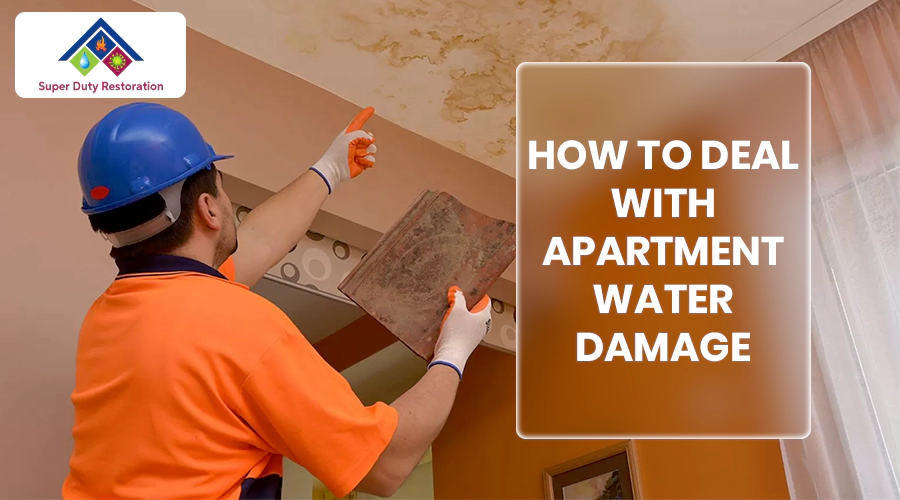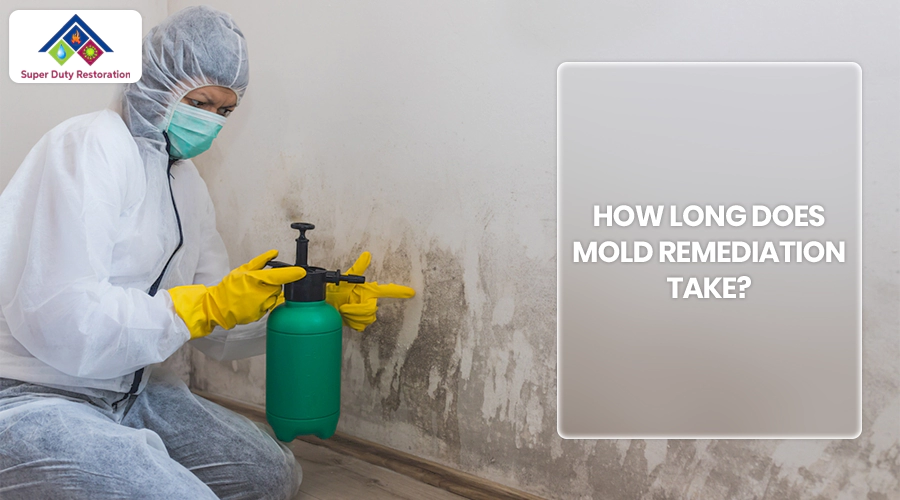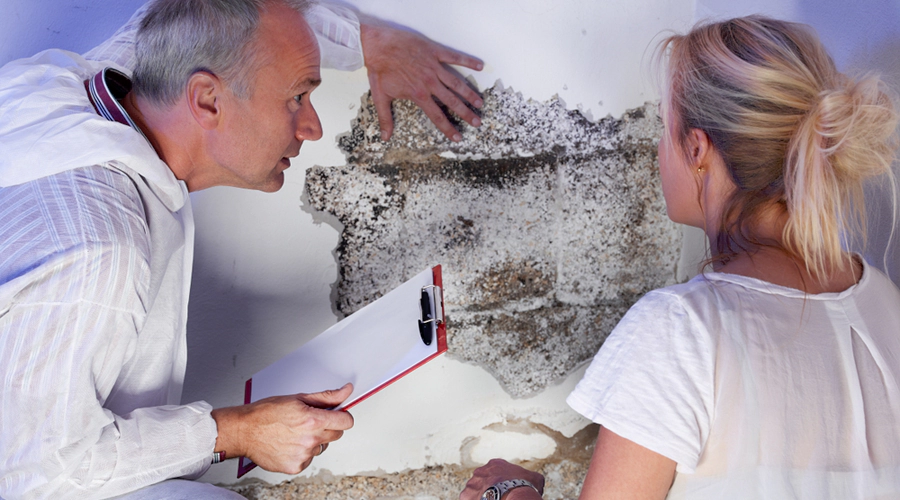Water damage in an apartment can be a major headache for tenants and landlords alike. From leaky roofs and broken pipes to flooding from natural disasters, water damage can occur in various ways and can be extremely costly to repair if not handled properly. In this article, we will provide you with some tips on how to deal with apartment water damage.
Act Quickly
The first and most important step when dealing with water damage is to act quickly. If you notice any signs of water damage, such as water stains on the walls or ceiling, or if you see any standing water in your apartment, report it to your landlord immediately. The longer you wait, the more damage will occur, and the more expensive it will be to repair.
Turn Off the Water
If you are experiencing a water leak or burst pipe, the first thing you should do is turn off the water in your apartment. This can help prevent further damage and reduce the amount of water that is leaking into your apartment.

Document the Damage
Before you start cleaning up the water, take pictures or videos of the damage. This can help provide evidence for insurance claims and can also help your landlord understand the extent of the damage.
Remove Standing Water
If there is standing water in your apartment, it is important to remove it as quickly as possible. You can use a wet/dry vacuum, towels, or a mop to soak up the water. Be sure to wring out the towels or mop into a bucket, as you do not want to add more water to the affected area.
Dry the Area
After removing the standing water, it is important to dry the affected area thoroughly. You can use fans, dehumidifiers, or open windows to increase airflow and speed up the drying process. If you have access to a wet/dry vacuum, you can also use it to extract any remaining water from the carpet or flooring.
Disinfect the Area
Water damage can create the perfect environment for mold and mildew to grow, which can cause health problems. To prevent this, it is important to disinfect the affected area. You can use a solution of water and bleach to disinfect hard surfaces, such as walls and floors. For soft surfaces, such as carpets or upholstery, you may need to use a specialized disinfectant product.
Repair the Damage
Once the area is dry and disinfected, it is time to repair the damage. If the damage is minor, such as a small water stain on the ceiling, you may be able to fix it yourself with a little bit of paint. For more extensive damage, such as water-damaged drywall or flooring, you will need to hire a Water Damage Restoration professional to repair or replace the damaged materials.

Prevent Future Water Damage
To prevent future water damage, there are several steps you can take. Regularly inspect your apartment for signs of water damage, such as water stains or discoloration. If you notice any issues, report them to your landlord immediately. It is also a good idea to keep your apartment well-ventilated and to address any plumbing issues as soon as they arise.Know Your Rights
As a tenant, it is important to know your rights when it comes to water damage. Your lease agreement should outline your landlord’s responsibilities in the event of water damage, such as who is responsible for repairs and how long the repairs should take. If your landlord is not fulfilling their responsibilities, you may need to contact a lawyer or your local housing authority for assistance.
In conclusion, dealing with water damage in an apartment can be stressful and time-consuming, but by acting quickly, documenting the damage, and taking the appropriate steps to repair and prevent future damage, you can minimize the impact and ensure that your apartment




